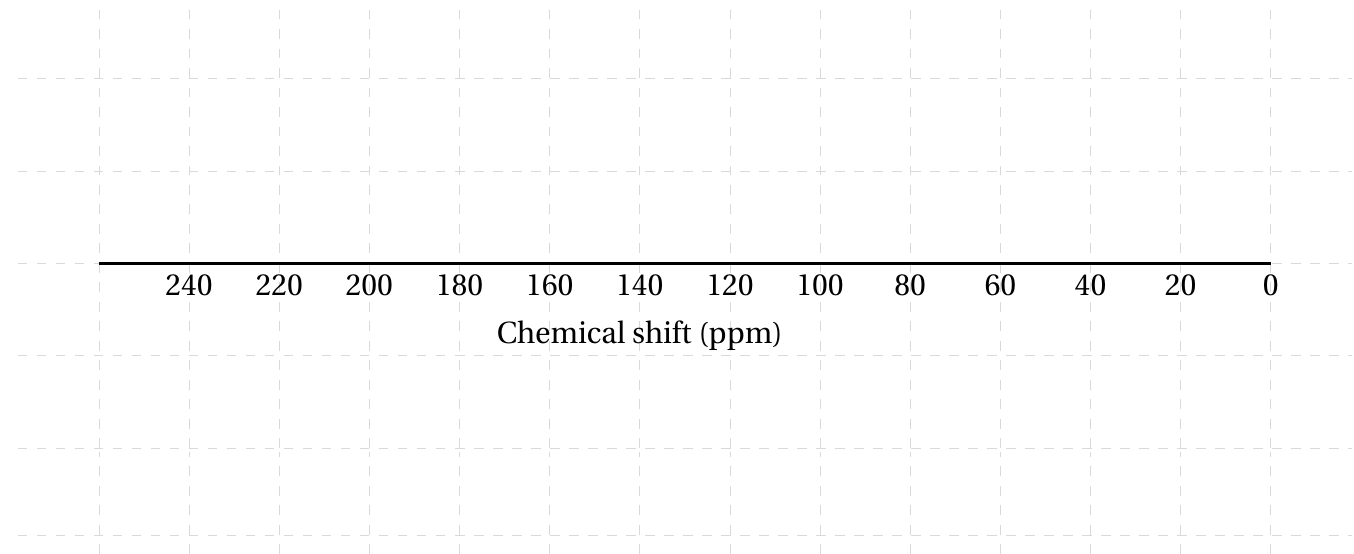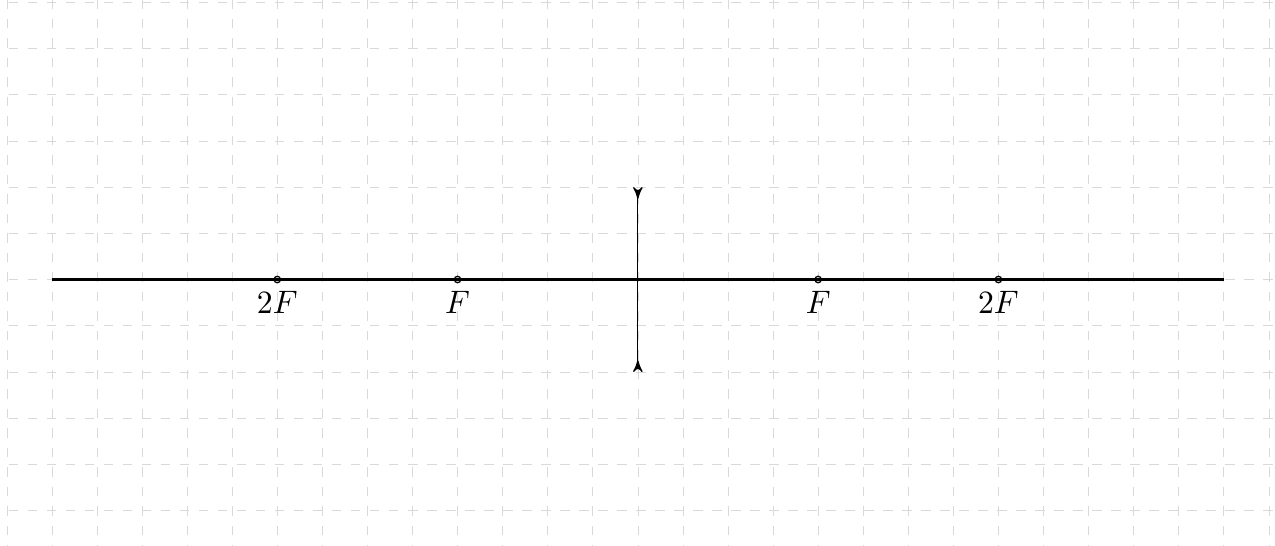Printable Paper and Templates for NMR Spectra
Every job needs the correct tool and studying science is no different! I use a range of printable paper during the tutorials which are in the links below.
General stationery
My favourite general everyday paper is dotgrid paper - it is great for drawing circuit diagrams, apparatus, reaction mechanisms and bullet-point notes. Graph paper is another one worth having in your folders for plotting graphs. Print this at home when you need some rather than have the inconvenience of taking a trip to buy a ream or pack of graph paper.
The Cornell paper is designed for use with the Cornell method for note taking and is something I suggest all my students consider for making revision notes. It is an advanced method for creating notes that you can then review and retest yourself on, which as we all know is the key to remembering new concepts!



Scientific stationery and templates for drawing spectra
Here are a few templates for freehand drawing of ray diagrams and for sketching NMR spectra. GCSE Physics students will find the empty optics templates useful for practicing ray diagrams with convex and concave lenses.
Although students are not specifically required to sketch NMR spectra in the exams, I find that practicing drawing a spectrum for a few simple compounds helps students solve the structure of unknown molecules. This is why I include the empty diagrams here.
Top A*/A-grade students will find practicing drawing spectra particulary useful, mainly because it helps them learn how to focus on important peaks to quickly distinguish between isomers. Most students begin their struggles with NMR spectra by trying to identifying every peak in the spectrum, but experts look at the problem in a very different way - they already know where to look to find what they want, which allows them to quickly rule out alternative structures. By working the problem in reverse, you are training your brain to focus on the peaks that are **most distinguishing** for a particular functional group or pattern of connectivity. Humans are actually quite good at quickly determining what we are looking at; we don’t, for example, take very long to recognise that tigers and Manx cats are both felines. We do this by comparing a few key features and by ignoring the differences in size, coloration, and the presence or absence of a tail. By practicing the problem from a different angle, we can familiarise ourselves with a few key features and then quickly interpret unfamiliar spectra.
There are a number of other tricks for interpreting NMR spectra that I go through with students during tutorials, if you would like to find out more, please get in touch using the link in the sidebar.


